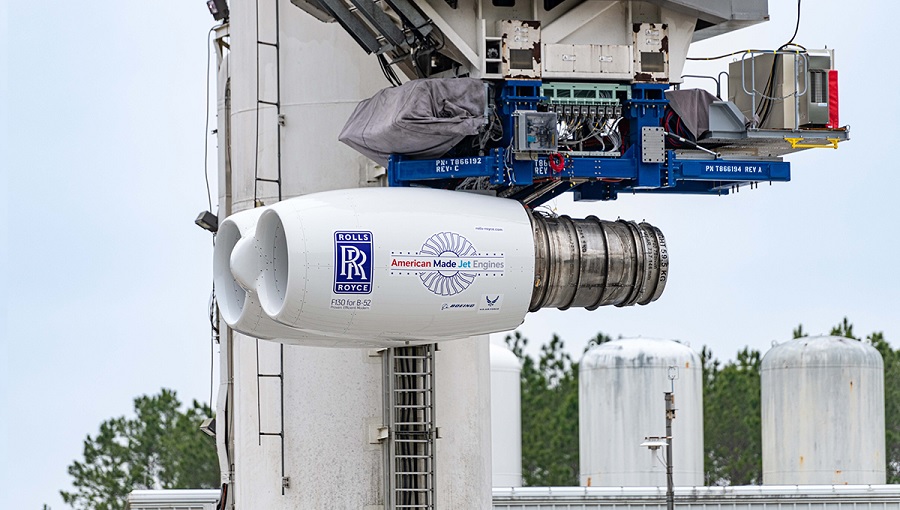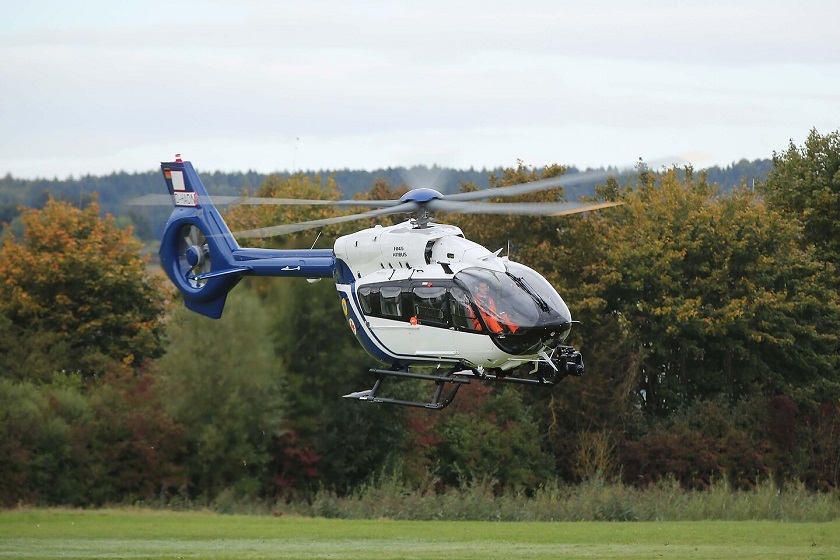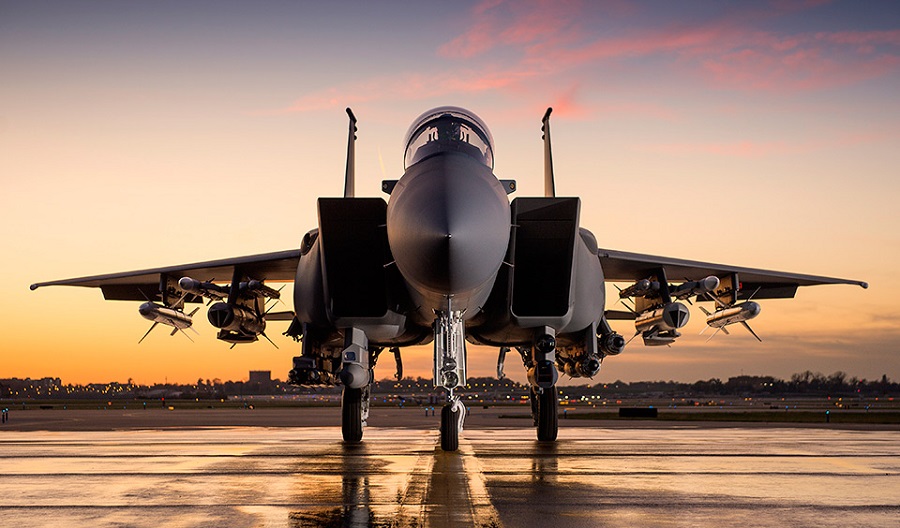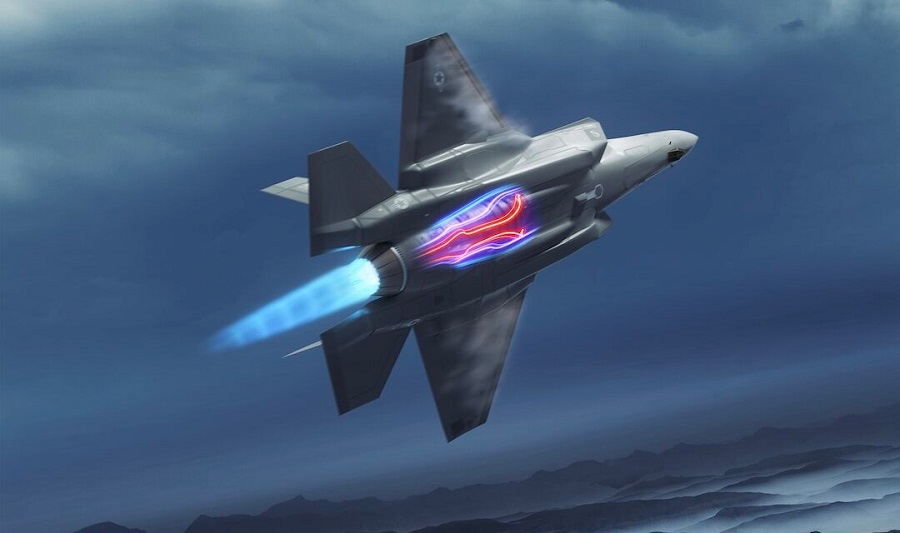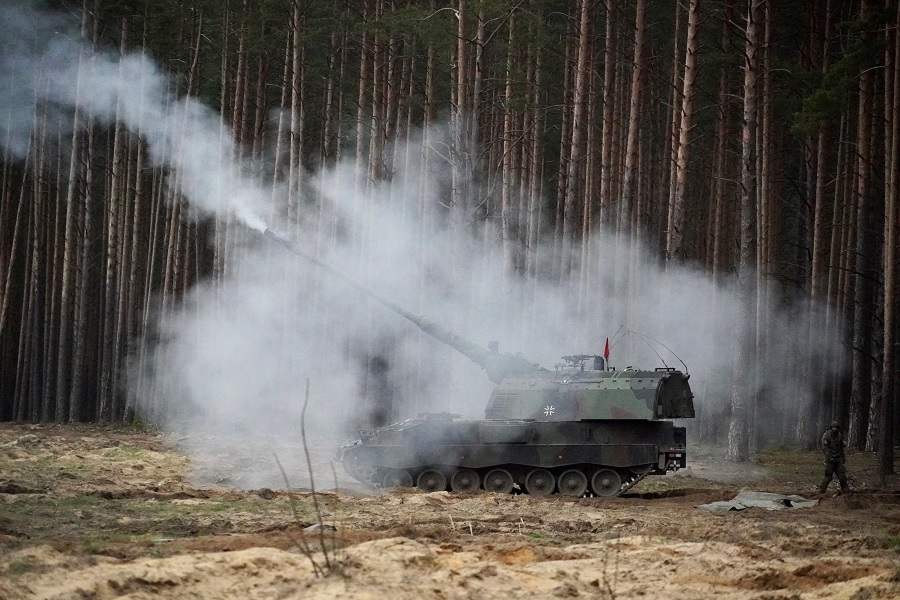The engine testing will focus on crosswind aerodynamic flow as well as confirming the successful operation of the engine’s digital controls system. Early results from the testing have been very positive with additional test data to be analyzed over the next several months.
Rolls-Royce is collaborating very closely with the Air Force and Boeing, which is managing the overall engine integration and B-52 aircraft modernization program. The new engines will extend the life of the B-52 aircraft for 30 years. F130 engines are so durable they are expected to remain on wing for the remainder of the aircraft life.
“We are excited to begin this milestone testing program, the first step for what will be decades of successful engine operation for the United States Air Force B-52 fleet. Rolls-Royce continues to work very closely with the Air Force and Boeing to ensure the engine testing and integration process run smoothly. This will result in higher fuel efficiency, reduced air refueling requirements, and significantly lower maintenance costs for the B-52 fleet. We look forward to sharing test results with the Air Force and Boeing as the test plan progresses at the NASA Stennis Space Center,” said Candice Bineyard, Director, Programs – Defence at Rolls-Royce.
F130 engines will be manufactured, assembled and tested at Rolls-Royce facilities in Indianapolis, the company’s largest production facility in the U.S. Rolls-Royce has invested $1 Billion in recent years to completely modernize manufacturing and testing facilities in Indiana, as well as for advanced technology.
F130 engines were selected for the B-52 by the Air Force in September 2021 following a competitive selection process. The F130 is derived from the Rolls-Royce BR family of commercial engines, with over 30 million hours of operation and a high reliability rate. It’s a proven, dependable engine with a fuel-efficient design.



